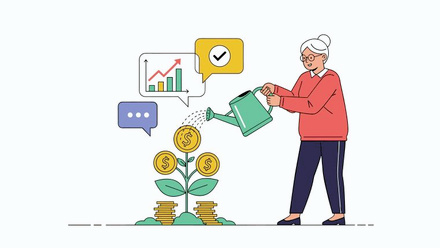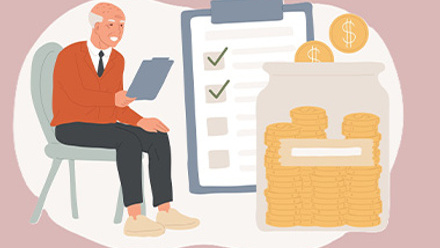6 ways to use employee data to build a better benefits offering
In the last three years, employers have had to react to events that have transformed everyone’s experience of work beyond recognition and put great strains on even the most robust value propositions.
The Covid-19 pandemic, cost-of-living and mental health crises and the Great Resignation are terms we’re all too familiar with. And as such, reacting quickly to unpredictable events has become a painful norm.
But, to borrow a cliché, it’s time to take back control. We need to be proactive instead of reactive, to build a better employee experience.
Last year, WTW’s Global Benefits Attitudes Survey found that nearly three-quarters of employers globally plan to differentiate their benefit offerings from other organisations’ – primarily by delivering benefits and policies that support a more diverse range of employee backgrounds and experiences. Yet only around 20% of employers have a strategy in place to support that objective.
So, how will they get there?
Testing, testing
When big tech companies build a new product or platform, they undertake rigorous user testing to see how people use what they design. They refine their products based on that research. The outcome is that consumers get something they really want, without wasting expense on things they don’t want. The way you build your employee experience shouldn’t be any different.
WTW, for example uses Total Rewards Optimisation, a methodology, survey and data analysis tool that helps reallocate reward spending to areas that employees truly value. It helps clients gain a better understanding of the expectations of a diverse, multi-generational workforce, to compare costed options of rewards, benefits and policies, and go on to make changes which they have confidence will secure a better return on investment.
Clients have used it to increase the focus on work-life balance policies over cash incentives to attract a younger workforce or reallocate pension contributions into short term savings vehicles in response to employee feedback at lower salary ranges.
Use data to predict and influence needs
We are starting to look for the answers to questions like: to what extent do our flexible benefits support employees at different salary levels? How does take up vary by age? Grade? Function/business? Across different demographics like gender, race, disability and sexual orientation? How have the changes we have made to our employee experience influenced peoples’ behaviour and how does that differ within those groups?
These questions are the starting points to more tailored, targeted programmes to improve lives inside and outside of work. They can be used to design solutions that help retain employees with particular skills, attract more diverse talent and resolve retention issues in particular locations or grades.
Six steps to better benefits
If you’re looking to use data to inform your people, reward or benefits strategies, we recommend the following:
1. Source your data. Contact benefit providers, payroll, employee relations and owners of HR systems to collate the data you’ll need (from their pension to how much holiday they took last year).
2. Build context. Consider the external market influences that may have influenced employee behaviour over the past few years.
3. Select cohorts. Plan how you might look to differentiate your rewards, benefits, policies for different groups and ensure you have their data.
4. Conduct analysis. Create a data template that can be applied across all aspects of the employee experience. Focus on presenting data for interpretation, don’t jump the gun and start looking for trends.
5. Gather insights. Look at what all the data tells you across your different cohorts. Who uses certain benefits more than the norm? Who takes more sick days and why?
6. Communicate findings and review your strategy. Use personas of your different employee demographics to bring data to life and help stakeholders to make decisions. Share your findings to business leaders to help them make improvements which can be made at a local level.
If you have an HRIS system to administer your HR programmes, or outsource to a provider, you probably have all the data you need to get started. It’s just a question of knowing how to start. And with so many employers looking to differentiate themselves in the market, it’s important that you do.
The best employee experience programmes are created through being proactive, rather than reactive – it’s time we get back on the front foot.
Supplied by REBA Associate Member, WTW
WTW is a leading global advisory, broking and solutions company.








